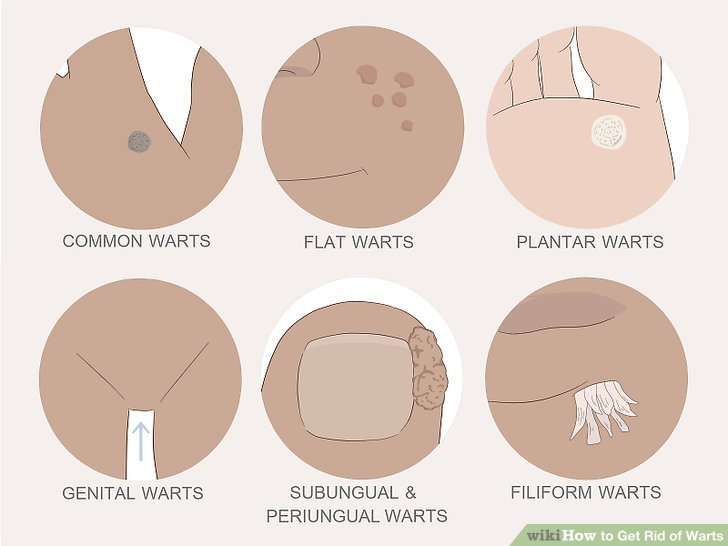
What You Should Know About the Treatment of Warts
By Chanel Mao – January 7, 2022
We have all heard of and probably seen warts before - but what exactly are they?
Warts are overgrowths of skin caused by the human papillomavirus and can be found on all areas of the body. Depending on where they are located and their physical characteristics, warts can fall into many categories of classification - plantar warts, filiform warts, and periungual warts, just to name a few. Plantar warts are usually flat and found on the bottoms of the feet, filiform warts protrude around the facial area, and periungual warts are usually found in between toenails or fingernails. Because of the viral nature of warts, susceptibility to the wart virus varies depending on our individual immune systems and other factors, especially compromised skin barriers.
Heather Richmond, 5 Ways to Get Rid of Warts, https://www.wikihow.com/Get-Rid-of-Warts#/Image:Get-Rid-of-Warts-Step-37.jpg, July 1, 2021
There are many treatment options for warts, ranging from freezing with liquid nitrogen to other methods of physical removal that will be discussed in later paragraphs. Freezing with liquid nitrogen is one of the most common treatment options for warts - direct contact with liquid nitrogen causes a blister to form directly under the wart, which eventually leads to peeling and wart removal. When liquid nitrogen is not a feasible option, other avenues are explored.
Another option for wart removal would be squaric acid. While not as common as liquid nitrogen, squaric acid is just as effective. Before starting treatment, the patient must first be sensitized to squaric acid to ensure that it reacts with the skin and causes slight irritation. Once a proper reaction is received, squaric acid may be applied on the surface of the wart, which directs our immune system to sense and attack the viral particles within the wart.
Other options for wart treatment include electrocauterization, which is essentially burning areas of the skin with electricity, and surgical removal. These methods are usually used in instances where the wart is not responding to any other treatments. As such, these are used in a more reserved manner, as there is more opportunity for scarring and viral spread.
Over the counter medications that contain propane and salicylic acid dissolved in dimethyl ether or home remedies like sealing the wart with duct tape are also alternative treatment options for those with limited access to the methods mentioned above. Although warts are benign for the most part, they can deal a lot of damage to one’s self confidence and cause irritation or even slight pain in some cases. Those affected by these nuisances can take comfort in knowing that there are many solutions available.
Chanel Mao
B.S. Psychobiology – Class of 2024

